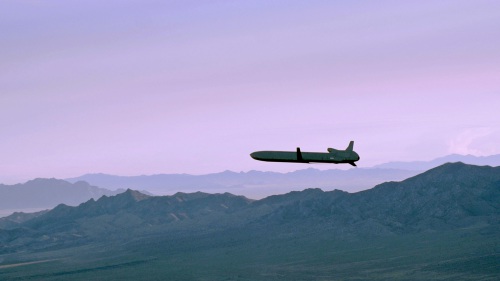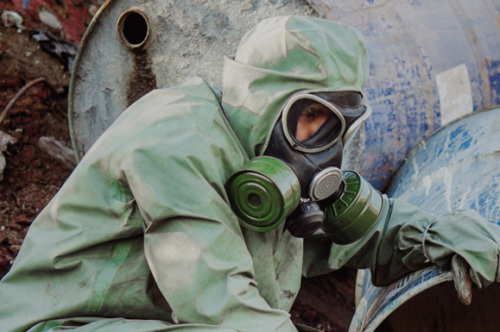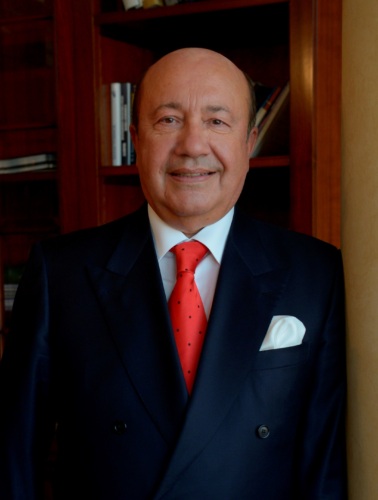Kazakhstan

Country Spotlight
Kazakhstan inherited nuclear-tipped missiles, a nuclear weapon test site, and biological and chemical weapon production facilities when the Soviet Union collapsed. Since independence, Kazakhstan has dismantled and destroyed Soviet weapons systems and facilities left on its territory and has become a pioneer of international nonproliferation and disarmament diplomacy.
See Kazakhstan's performance in
Region Former Soviet Union
1,410 Nuclear warheads inherited after the fall of the Soviet Union
43% Of world’s supply of uranium from mines
1995 Completed the repatriation of its nuclear warhead inventory to Russia
104 R-36M ICBMs inherited from the Soviet missile complex, returned to Russia
Nuclear
- World’s largest producer of uranium, hosts the IAEA’s Low Enriched Uranium (LEU) Bank, operational in 2019
- Inherited Semipalatinsk nuclear weapon test site after the fall of the Soviet Union; fully dismantled in 2000
- Inaugural member of the Central Asian Nuclear Weapons-Free Zone in 2006
Japan and Kazakhstan: Nuclear Energy Cooperation
Biological
- Site of major Soviet biological weapons facilities during the Cold War
- Has collaborated with the U.S. through the Cooperative Threat Reduction Program to dismantle and secure former bioweapons facilities
- Joined Biological Weapons Convention (BWC) in 2007, converted former biological weapons facilities to peaceful use
Kazakhstan Biological Overview
Kazakhstan Biological Facilities
Missile
- Transferred all ICBMs to Russia for dismantlement by 1996
- Collaborated with U.S. through the Cooperative Threat Reduction Program to dismantle missile silos and other facilities
- Leases Baikonur Cosmodrome to Russia as space launch site
Kazakhstan Missile Overview

Tutorial on Missiles and Other WMD Delivery Systems
Chemical
- Inherited Soviet chemical weapons precursor factory at Pavlodar
- Joined the Chemical Weapons Convention (CWC) in 2000
- Not a member of the Australia Group, but adheres to its policies
Kazakhstan Chemical Overview

Tutorial on Chemical Weapons Nonproliferation
Treaties and Regimes Memberships
Analysis
Kazakhstan
IAEA Low Enriched Uranium Bank Launches in Kazakhstan
Former Russian Foreign Minister Igor Ivanov, an NTI Board member, highlights the importance of the establishment of the IAEA LEU Bank and the need for improving dialogue between the United States and the Russian Federation.
Remarks by Former Senator Sam Nunn, Co-Chairman, Nuclear Threat Initiative, at the IAEA LEU Bank Launch Ceremony in Astana, Kazakhstan
Remarks at Kazakhstan/IAEA Signing Ceremony for LEU Fuel Bank

Education Center
Extensive resources on nuclear policy, biological threats, radiological security, cyber threats and more.
Sources
Syed Adnan and Athar Bukhari, “Cooperative threat reduction: Case study of Kazakhstan – Analysis,” Eurasia Review, 13 June 2011, eurasiareview.com.
“World Uranium Mining Production,” World Nuclear Association, 2020, world-nuclear.org.
R-36 / SS-18 SATAN,” Federation of American Scientists, 29 July 2000, www.fas.org.
“IAEA LEU Bank Becomes Operational with Delivery of Low Enriched Uranium,” www.iaea.org, 17 October 2019.
Togzhan Kassenova, “Biological threat reduction in Central Asia,” Bulletin of the Atomic Scientists, 18 July 2008, www.thebulletin.org.
Russia to Boost Air Defenses with Ex-Soviet States,” RIA Novosti, 19 November 2010, en.rian.ru.
Gulbarshyn Bozheyeva, “The Pavlodar Chemical Weapons Plant in Kazakhstan: History and Legacy,” The Nonproliferation Review, Summer 2000, p. 141.


